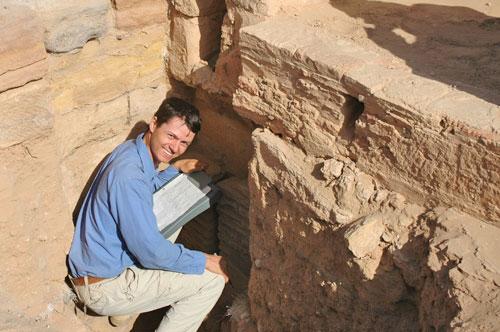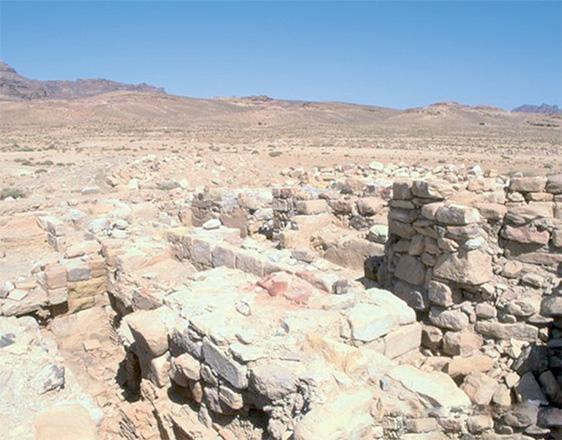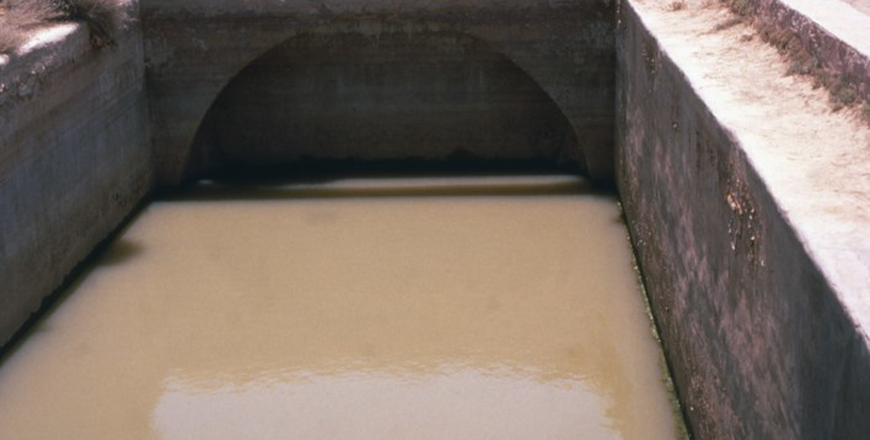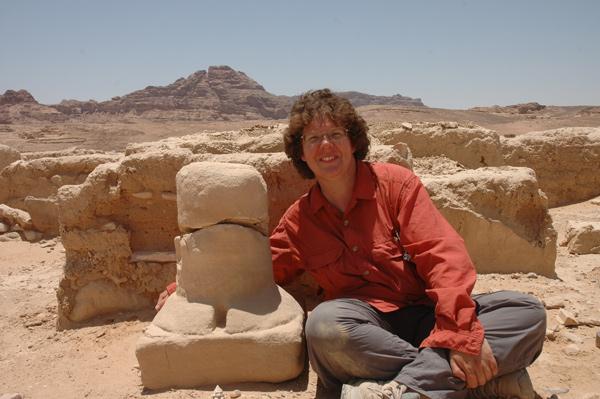You are here
Canadian scholar delves into Roman commander’s residence in Humayma
By Saeb Rawashdeh - Nov 30,2017 - Last updated at Nov 30,2017

Craig Harvey
AMMAN — The preatorium, a commander’s residence, in Humayma, 280km south of Amman, clearly demonstrates the luxury and the status the commander of the garrison enjoyed, according to a Canadian scholar.
“Only partly excavated, this complex was likely the largest residence at the site and was ornately decorated with lavish wall paintings and mosaics,” Craig Harvey, a PhD candidate from the University of Michigan, said in an e-mail interview with The Jordan Times.
Furthermore, the objects discovered through research also point to a luxurious lifestyle, the archaeologist continued, adding that this luxury extended to a diet of the commander, best exemplified by a large number of oyster shells found beside the praetorium.
“The oysters almost certainly came from Ayla [Aqaba]. The fact that oysters need to be extremely fresh suggests that they were transported express in amphora with sea water or wrapped in some wet cloth to keep them wet and alive,” Harvey explained.
Wall paintings inside the praetorium also indicate the posh lifestyle of the commander as they are similar to ones found in the region of Petra and “depict faux-marble veneering”, he stated.
“In fact, it is entirely possible that the Roman commander hired local painters for the praetorium,” Harvey elaborated.
Regarding the Roman military camp, the fort could have housed around 500 troops, the Canadian scholar estimated.
“Initially it was occupied by a detachment from Legio III Cyrenaica, and possibly a detachment from Legio VI Ferrata later in its life, both of which would have included soldiers from elsewhere in the empire,” Harvey underlined, noting that in the 4th century AD it is believed to have housed local mounted archers.
The military camp and other facilities had been supplied by the water from the mountains 27km away from the site via aqueduct.
“The water systems of Humayma have been thoroughly studied by Canadian archaeologist John P. Oleson from the University of Victoria, Canada. The large pool in the northwest corner of the fort would have provided the fort and the garrison with a secure source of water in the event of a siege,” Harvey said, adding that this water was also used to fill a large ornamental pool near the fort and to provide the garrison bathhouse with a constant flow of water as well.
“Otherwise, much of the water used to sustain life in the settlement came from the Nabataean system of cisterns and water catchment systems that dot the site,” the archaeologist emphasised.
In addition to the Humayma project, which he has been on since 2008, Harvey is also a member of the Ayn Gharandal Archaeological project and was a member of the Petra North Ridge project for their last season.
“It was purely chance that I came to Jordan for the first time in 2008, when I joined the Humayma project which is directed by M. Barbara Reeves, from Queen’s University, Canada,” he remembered.
“Once in Jordan, I fell in love with the country and the people and could not see myself working anywhere else. Plus, I am very fortunate in that the work at Humayma and my own research has been generously supported for many years by the American School of Oriental Research,” the scholar underlined.
“Currently, my focus has been on completing my dissertation at the University of Michigan, but I am also working on publishing my research from my work at Humayma and the other projects I am on. I expect to be back in Jordan next year and look forward to being back in the country, “Harvey said.
Related Articles
IRBID — Founded by the Nabataeans, Humayma, located some 240km south of Amman, was an important stop on the trade route between Aqaba and Pe
AMMAN – Roman political power was present in the region in the 1st century BC, but the annexation of the Nabataean Kingdom by the Roman Empi
AMMAN — The Nabataeans established a town at Humayma, some 240km south of Amman, in the first century BC, and the first phase of a shrine ex



















